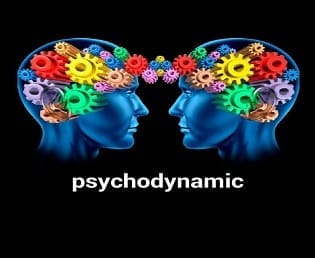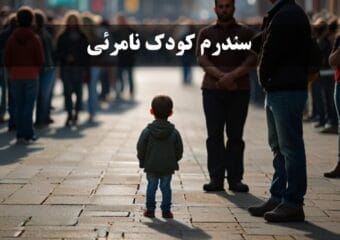
Blog
psychodynamic

Dynamic Psychotherapy is referred to as a subset of psychoanalysis that is a short-term, intensive, and efficient new style and technique.
The foundation and development of this therapeutic approach were carried out by Dr. Habib Davanloo, one of the prominent psychologists at McGill University in Canada.
Criticisms directed at psychoanalysis led to the formation of this new style of therapy.
One of the criticisms was the excessive emphasis of psychoanalysis on sexual instincts.
The second criticism was that the parameters discussed in psychoanalysis were neither observable nor measurable. Critics emphasized that some parameters should be objectively observed and measured. If the parameters cannot be examined, investing in them scientifically is meaningless. However, it should also be noted that almost all psychoanalytic issues relate to the unique and personal matters of the patient. For example, free association cannot be made available to researchers because this would violate the principle of psychoanalytic confidentiality.
Another point raised by critics was the long duration of treatment in psychoanalysis.
In classical psychoanalysis, the therapist would sit behind the patient to avoid being seen, allowing the patient to speak without fear or apprehension of the therapist’s reactions. However, over time, changes were made so that the therapist would place themselves in the patient’s view, engage with them, and accelerate the treatment process. The changes and advances over time in psychoanalysis led to the emergence of a new therapeutic style called dynamic psychotherapy.
Dynamic psychotherapy refers to the idea that the human psyche and its psychic energy have a specific dynamic quality, circulating within the individual and transforming from one state to another.
Dynamic psychotherapy accepts many principles and rules of psychoanalysis and places them at the core of its practice, including concepts like the unconscious, defense mechanisms, the importance of childhood, and conflicts addressed in psychoanalysis.
However, in dynamic psychotherapy, sexual instincts lose their central and foundational role and are considered a less important principle.
Characteristics of Dynamic Psychotherapy:
- The speed of treatment is higher than in classical psychoanalysis.
- It encompasses a very wide range of individuals.
- There are no specific age limitations for therapy.
- Dynamic psychotherapy is structured and systematic. By structured, it means that based on the unique conditions of each client, a specific protocol is used in their treatment process.
- This therapy focuses on issues such as anxiety, anger, sadness, emotional intimacy, and avoidance foundations, examining and addressing the individual’s problems. Using specific techniques, the therapist guides the client toward understanding and feeling the issues that distress them until the client achieves a comprehensive, complete, and mature personality.
The therapist strives to help the client establish healthy emotional bonds, remain protected from harm, and reach a stage where they embrace life with open arms.
One of the unique approaches in Dr. Davanloo’s school is the focus on personal attachments, failures, emotional chain disruptions, and similar issues.
From birth, infants develop emotional attachments specifically toward their mother, and over time, the nature of these attachments changes. If the child’s relationship with their parents is troubled—such as losing one or both parents or having them unavailable—the child experiences severe trauma that may manifest in adulthood. Trauma does not necessarily require a catastrophic event; simply not seeing the mother for a time, being separated from the father, or both parents being unavailable can cause trauma.
For example, the birth of a second child shifts the family’s attention to the newborn. If the family lacks the skills to manage this situation, trauma can arise in the first child. If trauma and disruption occur, various problems emerge, including:
- The child develops anger—often directed at the parents—because the child feels unloved.
- The child feels sadness and grief because they think they were once loved but are no longer.
- The child experiences guilt because they feel angry toward those they love.
If these feelings deepen, they contribute to the formation of a personality structure.
What happens afterward is that the individual, to avoid re-experiencing these traumas and pains, avoids emotional games in adulthood. If they engage, they view the sincerity and affection of others with suspicion and distrust. This situation can lead to paranoia.
For this reason, some people avoid any emotional intimacy, affection, or expressing love, or their behavior lacks warmth and kindness. These individuals build walls between themselves and others to protect themselves from such issues. The height of these self-constructed walls depends on the type and severity of childhood trauma. The more severe the trauma, the higher and more inaccessible the walls.
برای مشاوره رایگان و رزرو وقت (یا اگر تماس گرفتید و قادر به پاسخگویی نبودیم) شماره تماس خود را وارد کنید. ما به زودی با شما تماس می گیریم!



